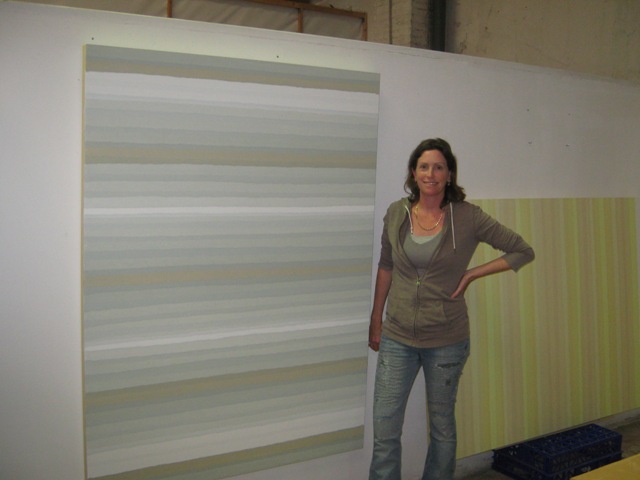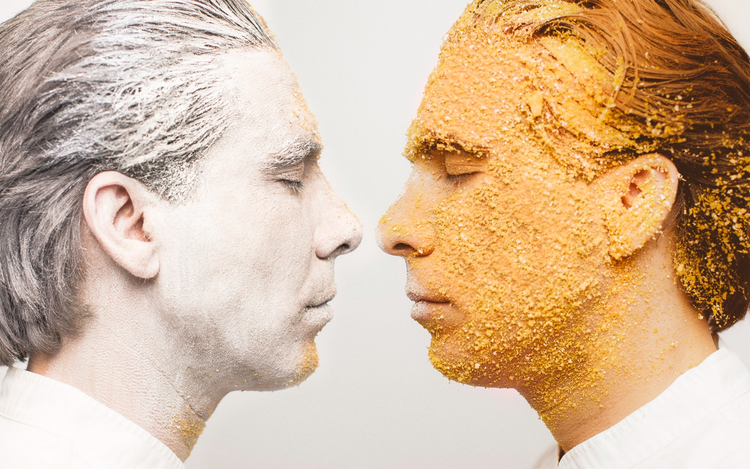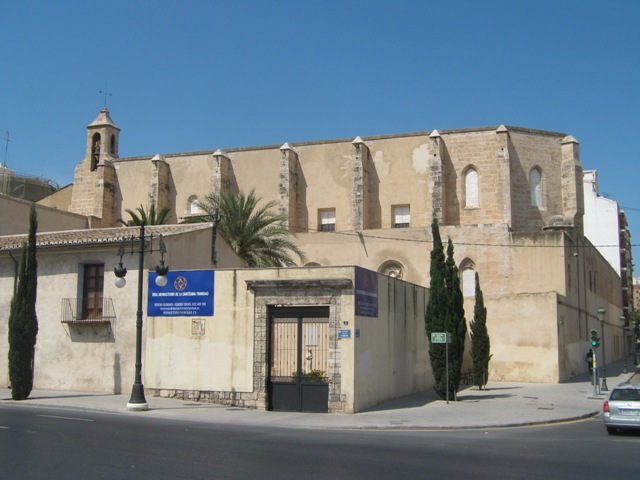HAPPY ENDING AT SAD HILL
If you ever felt like trying your luck in a duel with Clint Eastwood, Almeria would probably come to mind; and so it’s surprising to realise that The Good, The Bad and The Ugly’s famous three way shoot out in the cemetery between Clint, Eli Wallach and Lee Van Cleef actually took place in the province of Burgos.
The Sad Hill Cultural Association was formally created on 13 March 2014, being the founding members: David Alba, Antonio Sanz and Sergio García. Two objectives were set: to reconstruct the Sad Hill Cemetery to celebrate the 50th anniversary of the filming in 2016 and to enhance the value of the route that links the 4 filming points in the Arlanza Valley.

The association picked up the work of the Colectivo Arqueológico de Salas that had previously held activities related to the film and established ties of friendship with Almería. To achieve the reconstruction of Sad Hill it was necessary to obtain two permits, the first was from the owner of the land: Santo Domingo de Silos Town Council, but also from the Castilla – León Environment Council, as the area is a protected natural area: Sabinares del Arlanza Natural Park.
On Saturday 3 October 2015, the first volunteer day was arranged and during all the weekends of that autumn, progress was made little by little in the unearthing of the stone circle, which had been buried by the passage of time. There was no trace of the stone wall or the crosses. In spring 2016, the Junta de Castilla León cleared the burial mounds of the tombs. Immediately afterwards, about 1,000 wooden crosses were placed, in response to the crowdfunding call “sponsor a tomb”.

On the 23rd of July, the authorities were invited to inaugurate the reconstruction and the following day, the film was shown on a giant screen, an event attended by 4,000 people.
Sergio says: “Five years later, we can look back and be proud of all that has been achieved so far, but our collective has continued with the mission of seeking the maintenance and institutional protection of the site. Interventions are also planned for the other 3 filming points. Last 2020, the Sad Hill to Betterville trail was signposted, an unprecedented route, giving added value to a place through a film.

Currently, another of the Association’s great challenges is the promotion of the Burgos Film Commission, with the institutional support of SODEBUR and Burgos Promueve.”
In July 2020 I finally realised an old ambition, to visit the Sad Hill cemetery, accompanied by founding member of the association, Sergio Garcia.

Sergio explained that the valley was suggested by a Spanish collaborator of Sergio Leone’s, Antonio Perez Giner, who had worked nearby on a film called The Castilian, an attempt to exploit the success of El Cid.
Using filters, the lush green of Burgos was faded and a closer approximation to New Mexico was achieved.
A documentary called ‘Sad Hill Desenterrado’ (Unearthed) not only got them onto Netflix but also a video call from Clint Eastwood himself.
The authorities finally woke up to the advantages of Cinema Tourism, and now the destination features prominently on the brochures of the nearest town Santo Domingo de Silos, famous for the Gregorian chants of its monks.
Today school trips visit the site and there is always movement, sometimes led by Sergio, suitably apparelled. The approach from Silos has been improved, you can now make it by car, and as Sergio pointed out, and as we saw for ourselves, there are always visitors.

When we were there about 12 people listened in as Sergio brought the famous scene to life, while four skulking hombres sheepishly attired themselves with ponchos and pistols, waiting for us to leave.
They no longer offer tombs for adoption, but there are always novelties, such as the flower-decked tomb for the recently deceased Ennio Morricone.
Despite all the publicity that Almeria gets for the Dollar Trilogy, the last third of the film in fact takes place in the province of Burgos.
The bridge that Tuco and Blondie blow up during an American Civil war battle, was built especially for the explosion over the River Arlanza in Burgos province by Spanish army engineers.
However, when it came to blowing the bridge the Spanish army Captain in charge didn’t warn Sergio Leone, and just blew it up without any cameras rolling. The army was so repentant with what had been done that the bridge was rebuilt, only to be blown up again two weeks later.
With a much bigger budget, following the success of the first two parts, (A Fistful of Dollars and A Few Dollars More; both references to Leone’s budget) the third and last part of the trilogy was largely shot in the badlands of Almeria with 1,500 Spanish soldiers as extras. The prison camp ‘Betterville’ was inspired by the actual Confederate prison camp of Andersonville, where thousands of Union prisoners died, and based on steel engravings of Andersonville dated from August 1864.
Andersonville prison gave the English language the word ‘deadline.’ Its origin was a line beyond which Union prisoners, if they crossed it, were shot dead. Today junior executives are shot dead (or the equivalent), if their reports are not in on time.
Back to Burgos, the town being shelled while goodies and baddies and uglies fight out their own battle was at Covarrubias. The town’s castle, Torreón de Fernán González, also appears in the film The Castilian.
The American Civil War Langstone Bridge Battle site, with the trenches to the right of the road, has largely disappeared, and nobody seems keen to rebuild and blow it up again.
One kilometre further on are the ruins of the Monastery of San Pedro de Arlanza, which was the San Antonio Mission in the film.
The Dollar Trilogy was not the end of Leone’s Spanish idyll; he made Once Upon a Time in the West with Henry Fonda in 1968 and Duck You Sucker with Rod Steiger and James Coburn in 1971, the latter of which included a bank robbery scene filmed in the medieval town of Medinaceli in the province of Soria.
On 21st July Sergio (García, not Leone) joined me at an event to talk about the history of international film making in Castilla León at Covarrubias in the Sala Valle del Arlanza.
For more information about English language films and series made in Spain, check out





Recent Comments